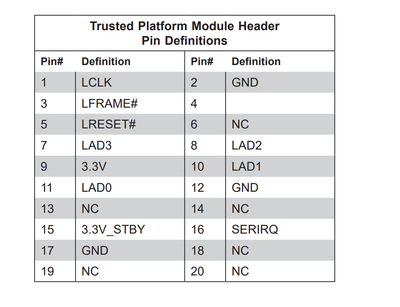Reply 60 of 517, by LSS10999
weedeewee wrote on 2023-03-30, 06:19:I remember asking this in another thread...
Has anyone who is playing around with these investigated whether any of the other address decoders ( RTC MC KBC ) can be re purposed to allow a few more port ranges ?
I wrote about the address decoders a few hours ago. Actually, programming the decoders on the Fintek bridge turned out to be unnecessary.
Programming the decoder ranges on the LPC controller is all you need. Sadly Intel's LPC controller doesn't offer more decoding options.
LSS10999 wrote on 2023-03-30, 03:22:Recently I've been experimenting with the F85226 bridge on my RUBY-9719VG2AR and I noticed something. It appears I don't really have to program the generic address decoders (ADDR1-ADDR4) on the Fintek bridge side. I tweaked the program and purposedly omitted the code for programming the address decoders so that only the decoders on the Intel LPC controller gets programmed (all the address decoders on the Fintek bridge remain default, which is 0000H for the generic ones), yet my Sound Blaster 16 (with a MIDI daughterboard) can still be detected and initialized by UNISOUND and I get proper audio in games. I wonder what exactly the generic address decoders on the Fintek bridge were meant for.
